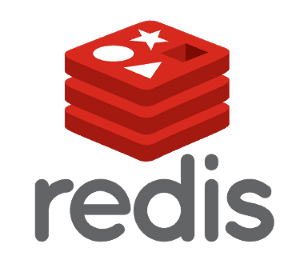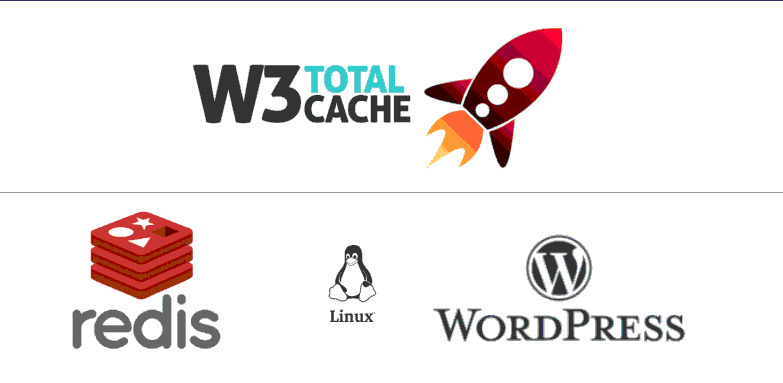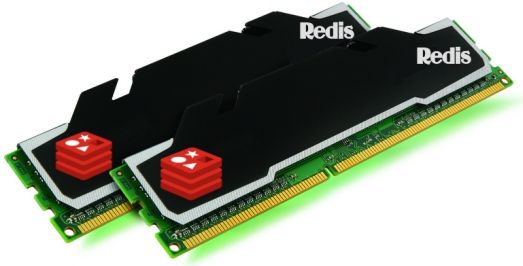Redis is an open-source, in-memory data store that is often used as a database, cache, or message broker. It offers a wide range of features, including:
- Speed: Redis is known for its speed, which makes it a good choice for applications that require low latency.
- Scalability: Redis is highly scalable, making it a good choice for applications that need to handle a lot of data.
- Flexibility: Redis supports a wide range of data types, making it a good choice for a variety of applications.
Statistics and figures of Redis
According to a recent survey, Redis is the most popular in-memory data store in the world. It is used by a wide range of companies, including Twitter, Facebook, LinkedIn, Spotify, and eBay.
Redis is also used by a wide range of systems and platforms, including:
- Web applications: Redis is often used to cache web pages and database queries. This can improve performance by reducing the number of times the data needs to be retrieved from a slower store, such as a database.
- Real-time applications: Redis can be used to build real-time applications, such as chat applications or social media platforms. This is because Redis is very fast and can handle a lot of data.
- Distributed systems: Redis can be used to build distributed systems, such as microservices architectures. This is because Redis is highly scalable and can be deployed across multiple nodes.
Use cases of Redis
Redis can be used for a variety of applications, including:
- Caching: Redis can be used to cache data, such as web pages or database queries. This can improve performance by reducing the number of times the data needs to be retrieved from a slower store, such as a database.
- Real-time applications: Redis can be used to build real-time applications, such as chat applications or social media platforms. This is because Redis is very fast and can handle a lot of data.
- Distributed systems: Redis can be used to build distributed systems, such as microservices architectures. This is because Redis is highly scalable and can be deployed across multiple nodes.
Benefits
Redis offers a number of benefits, including:
- Speed: Redis is very fast, which makes it a good choice for applications that require low latency.
- Scalability: Redis is highly scalable, making it a good choice for applications that need to handle a lot of data.
- Flexibility: Redis supports a wide range of data types, making it a good choice for a variety of applications.
Drawbacks
Redis does have a few drawbacks, including:
- Data loss: Redis data is stored in memory, so it is important to have a backup plan in place in case of a power outage or other event that could cause data loss.
- Security: Redis is a powerful tool that can be used for malicious purposes. It is important to implement security measures to protect your data.
Examples of Redis usage
Here are some examples of how Redis is used in real-world applications:
- Twitter uses Redis to store user data, such as profile information and tweets.
- Facebook uses Redis to cache web pages and database queries.
- LinkedIn uses Redis to build its real-time search engine.
- Spotify uses Redis to store user preferences and track listening history.
Additional information
In addition to the features, benefits, and use cases mentioned above, here are some additional information about Redis:
- Redis is written in ANSI C.
- Redis is available for a wide range of platforms, including Linux, macOS, and Windows.
- Redis is open source.
- Redis is maintained by a large and active community.
Conclusion
Redis is a powerful and versatile data store that can be used for a variety of applications. It is known for its speed, scalability, and flexibility. It is a good choice for applications that require low latency, scalability, and flexibility.


